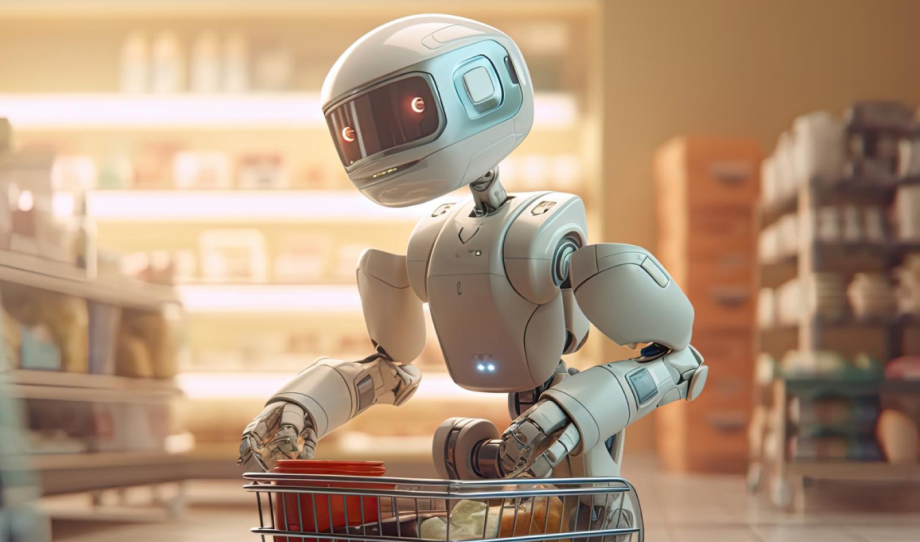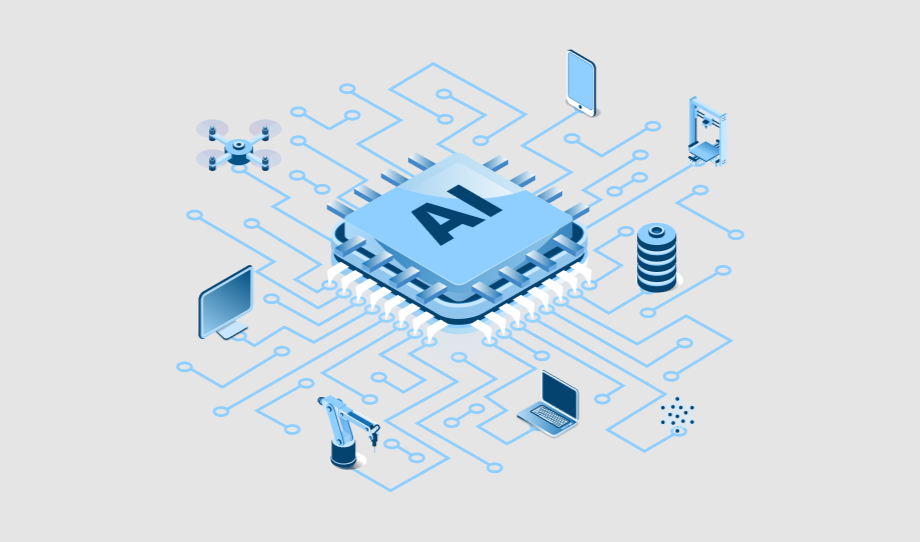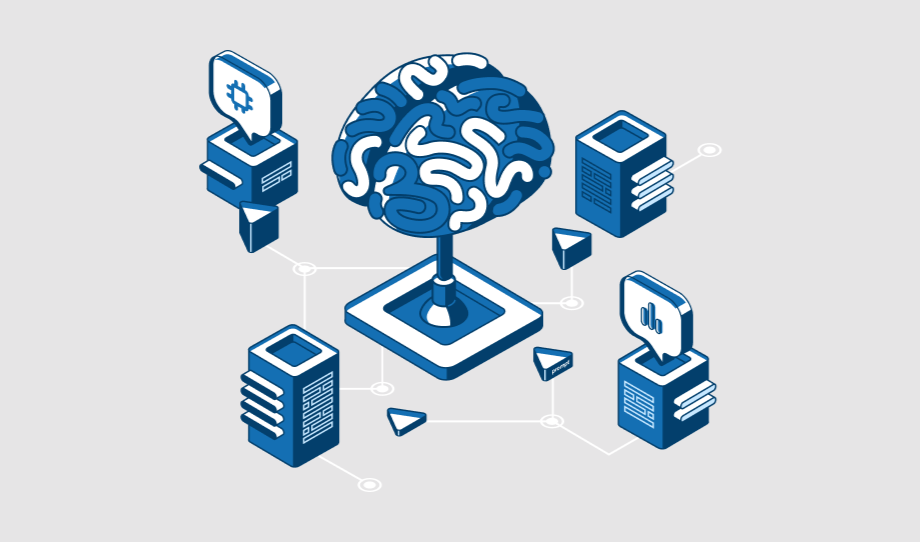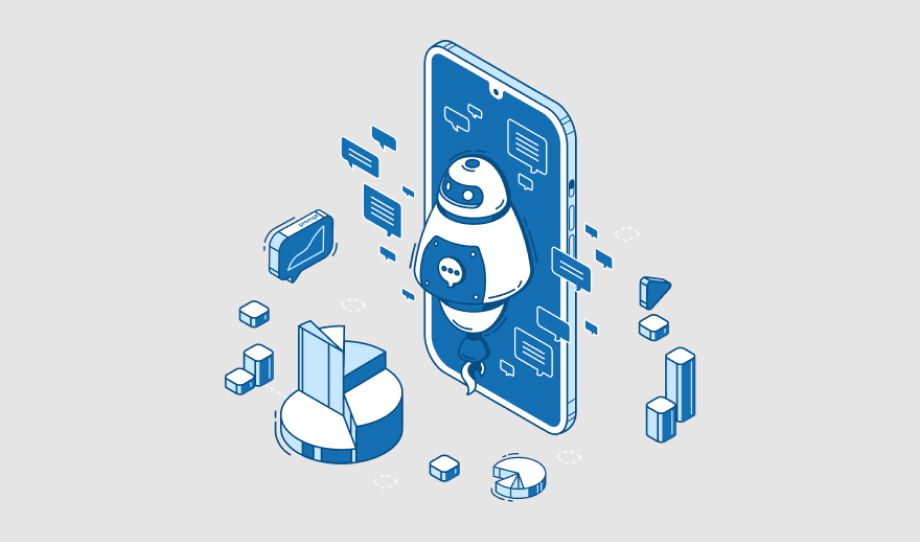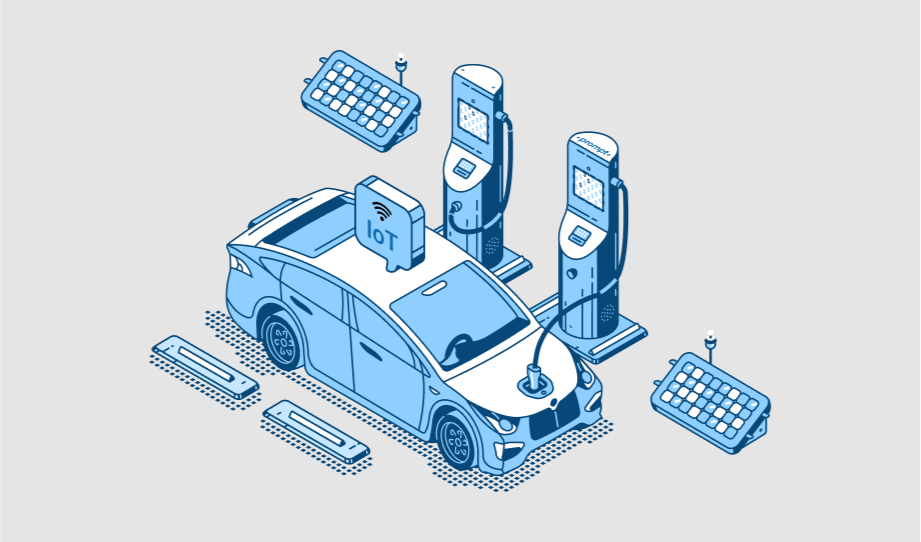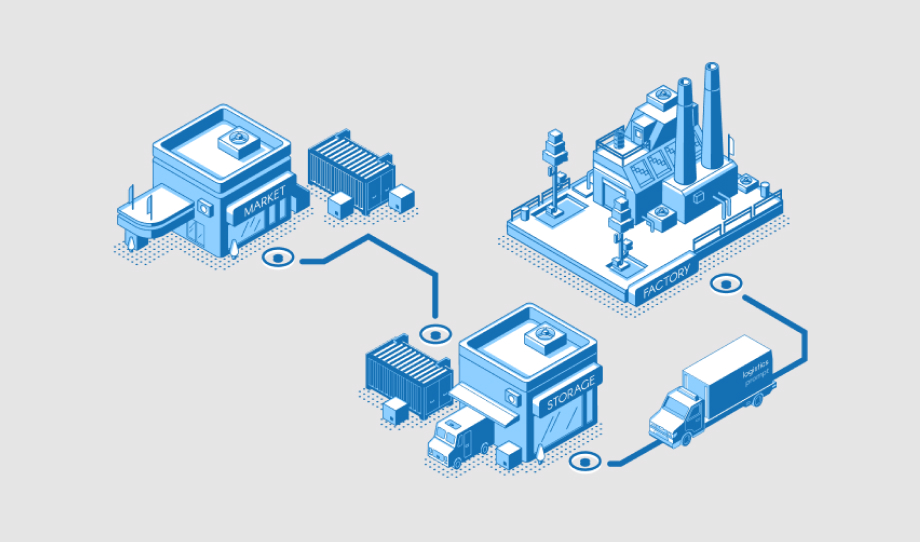How AI Is Changing the Outlook of the Retail Market
The Best Examples of Using AI in Retail: Artificial Intelligence is omnipresent in today's retail sector.…
How Artificial Intelligence in the App Industry is Changing the Future
"Artificial Intelligence is no more in fiction stories now. Today in our daily life, we can…
How can Artificial Intelligence Boost the Manufacturing Industry?
Today, most of the Giant industries, around 83 percent, believe that AI delivers better outcomes; however,…
How To Build Smarter Apps Using Mobile Artificial Intelligence?
Mobile artificial intelligence is already revolutionizing the mobile app development game. In 2020, the mobile AI…
Role of IoT in Electric Vehicle Monitoring & Management
Today we are witnessing the temperature rise, and one of the major reasons behind this is…
How is IoT Helping The Procurement Team in Improving Productivity?
Today, almost every device is connected; whether it is your smartwatch, air conditioner, or television, we…




